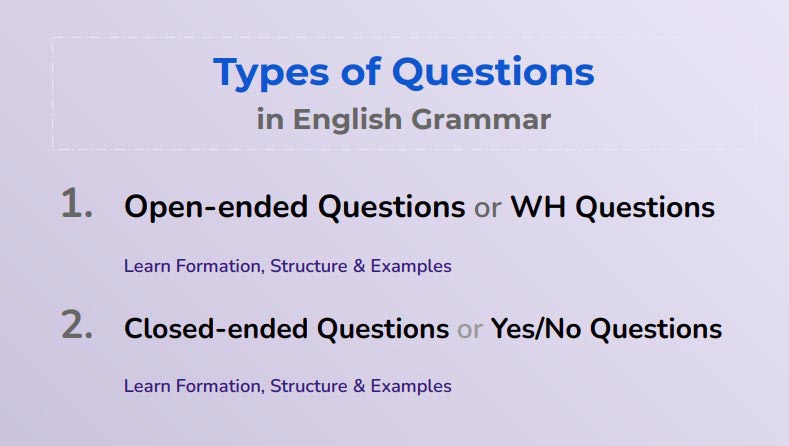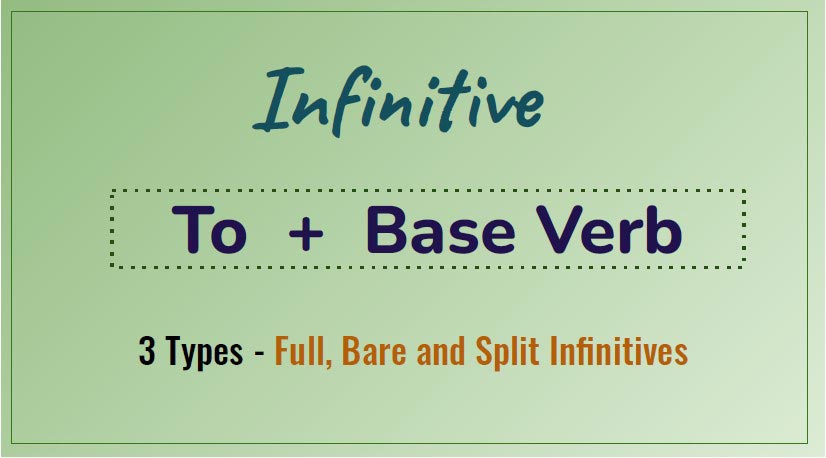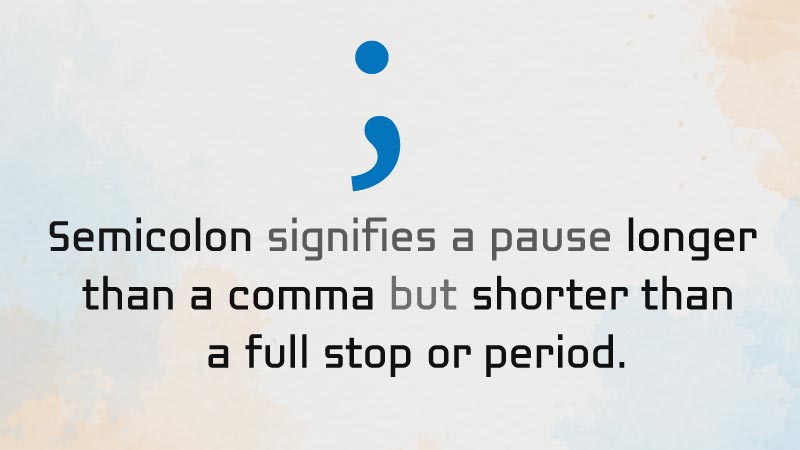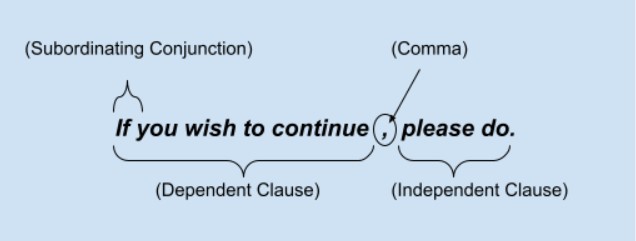Prepositions of Places and Direction Usage
Prepositions of place show the relationship of place between the nouns to the other parts of a sentence.
Common prepositions of places & direction: On, at, in, by, from, to, towards, up, down, across, between, among, through, in front of, behind, above, over, under, below, etc. are the most common.
IN, AT
IN:
In indicates something to be present in a place or enclosure. It does not say particularly where but gives an enclosure to the noun it connects with.
Example:
- Your shirt is in the closet. (Does not indicate an exact place)
- He lives in Australia.
- Alex works in that building.
AT:
At indicates an exact place.
Example:
- He is at the door.
- I am standing at 13/4 George Street.
- He is at home.
ON, ABOVE, OVER
ON:
On indicates a position above but touching the object.
Example:
- The phone is on the table. (Phone is touching with the table)
- He is on the third floor.
- Sit on the sofa.
ABOVE:
Above indicates a much higher position than the preposition on does. It also indicates something out of reach.
Example:
- The sky is above my head.
- Hold your hands above your head.
- Stars are above the sky.
OVER
Over means a position between on and above which is not touching.
Example:
- There are clouds over the hills.
- A bird flew over my head.
- My flat is over that shop.
UNDER, BELOW
UNDER:
Under is the opposite of on and means ‘below the surface of’ something.
Example:
- The cat is under the table.
- The carpet under my feet is very soft.
- That book is under my glasses.
BELLOW:
Below indicates something at a slightly lower position than what under indicates.
Example:
- I have a scar just below my right eye.
- Do you see the line below the paper?
- Please, don’t write below this line.
TO, FROM
TO:
To indicates a motion in the direction of a place.
Example:
- He went to college.
- We are going to Mexico.
- We walked from the farm to the beach.
FROM
From indicates the point of place at which a motion, journey, or action starts.
Example:
- He came from England.
- We walked from the beach to the farm.
- He drove here from Atlanta.
INTO, OUT OF
INTO:
Into indicates a motion towards/going inside something. It has many uses.
Example:
- He came into the house.
- The police broke into the bar.
- My car crashed into a street sign.
OUT OF:
Out of means the opposite of into. It indicates a motion towards outside of something.
Example:
- He is going out of the town.
- Get out of my house.
- Please, remain out of this. (Not indicating a place but an issue)
THROUGH, ACROSS, BESIDE, IN FRONT OF, BEHIND, TOWARDS, BY
THROUGH:
Through indicates a motion in the middle of something.
Example:
- We drove through the tunnel.
- They came through a forest.
- He came through a wedding gate.
ACROSS:
Across means going to the other side of a river or road or something straight.
Example:
- He went across the river.
- I walked across the road.
- My house is across the bank. (There is a road between the house and the bank)
BESIDE:
Beside means at the side of/ next to something.
Example:
- The car beside the cycle is mine.
- He is standing beside the shop.
- I will always be beside you.
IN FRONT OF
In front of means a position facing someone/something.
Example:
- He parked his car in front of my house.
- I have a pool in front of my resthouse.
- He was nervous in front of me.
BEHIND:
Behind means at the far side of something (might be out of sight). It is opposite of in front of.
Example:
- He parked his car behind my car.
- I have a pool behind my house.
- Go behind that tree.
TOWARDS:
Towards means a motion in the direction of something literary or metaphorically.
Example:
- Take five steps towards the post and stand there.
- They moved towards the Labour Party.
- I walked towards the car when you were standing.
BY
By means ‘near to or next to’ something or someone.
Example:
- He has a house by the river.
- I was standing by the car.
- My flat is by the saloon.
UP, DOWN
UP:
Up means a motion towards a higher place or position.
Example:
- We were climbing up the mountain.
- Lift your hands up.
- John is going up to London. (From a lower place of the country)
- Climb up the stairs.
DOWN:
Down indicates the opposite meaning of up. It means a motion towards a lower place or position.
Example:
- He was walking down the river.
- I am climbing down the hill.
- Go down the stairs.
BETWEEN, AMONG
BETWEEN:
Between indicates something/someone to be in the middle of two other things or persons.
Example:
- Alex is sitting between Robin and Robert.
- The cat is between the two boxes.
- This matter is between you and him.
Among:
Among indicates something/someone to be in the middle of three or more other things or persons.
Example:
- Alex is sitting among the patients.
- He is the best among them.
- Among all the people, John had the courage to speak up.
Read More: Prepositions of Time Usage
Grammar
Read More
- How to Use "Therefore" in Sentences Avoiding Common Mistakes
- How to Use "Whereas" with Examples and Avoid Common Mistakes
- When and How to Use "Thus" Correctly Without Common Mistakes
- How to Use "On the Contrary" Properly with Meaning and Examples
- When and How to Use "Either/Or" with Examples and Common Mistakes to Avoid
- How to Use "On the Other Hand" Effectively without Mistakes
- How to Use "Respectively" with Example and Common Errors to Avoid
- How and When to Use "Moreover" Without Mistakes
- How to Use "Likewise" in Sentences Based on Context & When not to Use
- When & How to Use "Although" in Sentences to Avoid Mistake




